We visited Fidalgo Bay on 10/20 to 10/21 and Oyster Bay on 10/21 to 10/22.
Fidalgo Bay
Fidalgo Bay
Weather conditions:
11 pm 10/20/2013
Wind NE 0-5 knots
Low tide of -1 at roughly 12:20 am.
Sam White and I moved the trays from the original site to the high intertidal near the road between 11 and midnight.
Weather Conditions:
8:30 am 10/21/2013
Wind NE 0-5 knots
High Tide
The sample trays were submerged all night in the high intertidal. We removed the trays from the water and began opening them up.
What we found:
- trays contained a number of predators including predatory snails, crabs, and shrimp.
- trays also contained a high number of clams (possibly cockles) competing with oysters
- trays contained eels, anemones, and tunicates.
- Siltation occurred most heavily on the tiles and corners of the trays with little to no siltation in the open bottomed portion
- Oysters were large with size ranging from 10-15 mm to well over 50 mm
- mortality has occurred but to what extent I'm unsure though it didn't look like many had died
- Oysters on tiles had grown while some had fallen off the tiles
Trays were then stacked three deep with two 6 foot ropes running perpendicularly through the rebar anchor holes so as to create on bound stack. A mesh screen was zip tied to the top tray with rope access holes cut in it as to allow for ropes to come out of the top. At Fidalgo these ropes were tied together using some square knots and then the two ropes were clipped together. The sides of the trays were also zip tied on access holes on each side of the trays that overlapped as to prevent tampering by local wildlife and reduce predator incursion into the trays.
The trays were then transported by minivan to Fidalgo Marina located on the map below.
View Larger Map
Off the closest dock to shore, oysters were hung 6-10 ft below the water line by nylon rope. They are position on the shoreline edge of the dock and are at equal ~10 ft seperations but within the same 50 ft of dock. They are away from structure as much as possible to avoid any mechanical damage to the trays during tidal changes. The ropes are tide to metal tie-offs permanently attached to the dock in such a manner as to decrease any interaction with people walking across the dock.
Water quality in the area looked good with blue water and visibility up to 3 ft deep. Conspecific species viewed near the docks included anemones, algae, seahares, jelly fish, small silver fish of unknown species, and starfish. Anecdotal information provided by the dock master, Einar Sortun, suggests that an oyster population existed on the rocks nearshore for some period within the last 20 years.
Per a verbal agreement with Mr. Sortun, we must call ahead to the site at least 24 hours before any visitation as to avoid scheduling conflicts or other issues. Also Einar likes oysters so we should bring him some sometime.
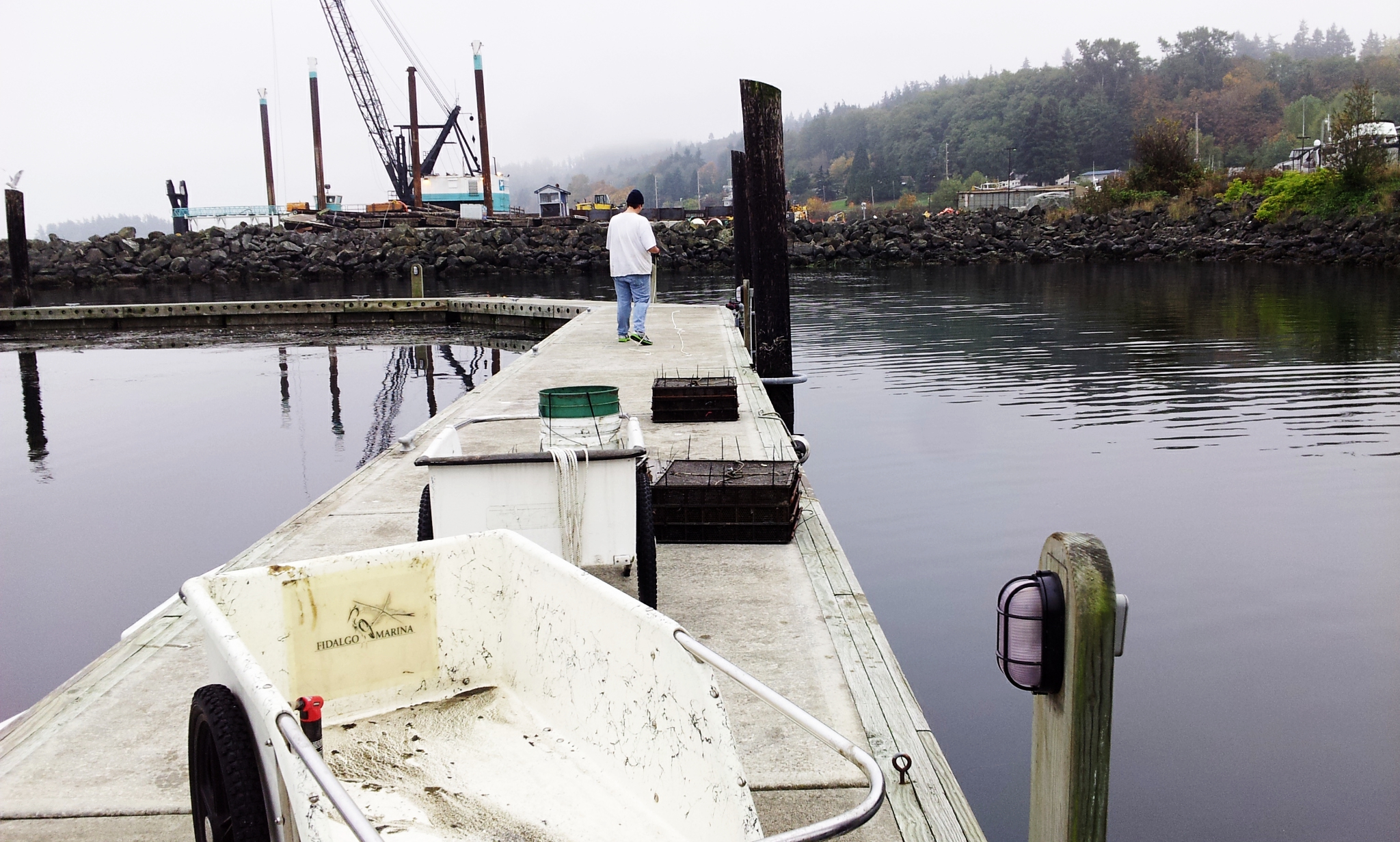
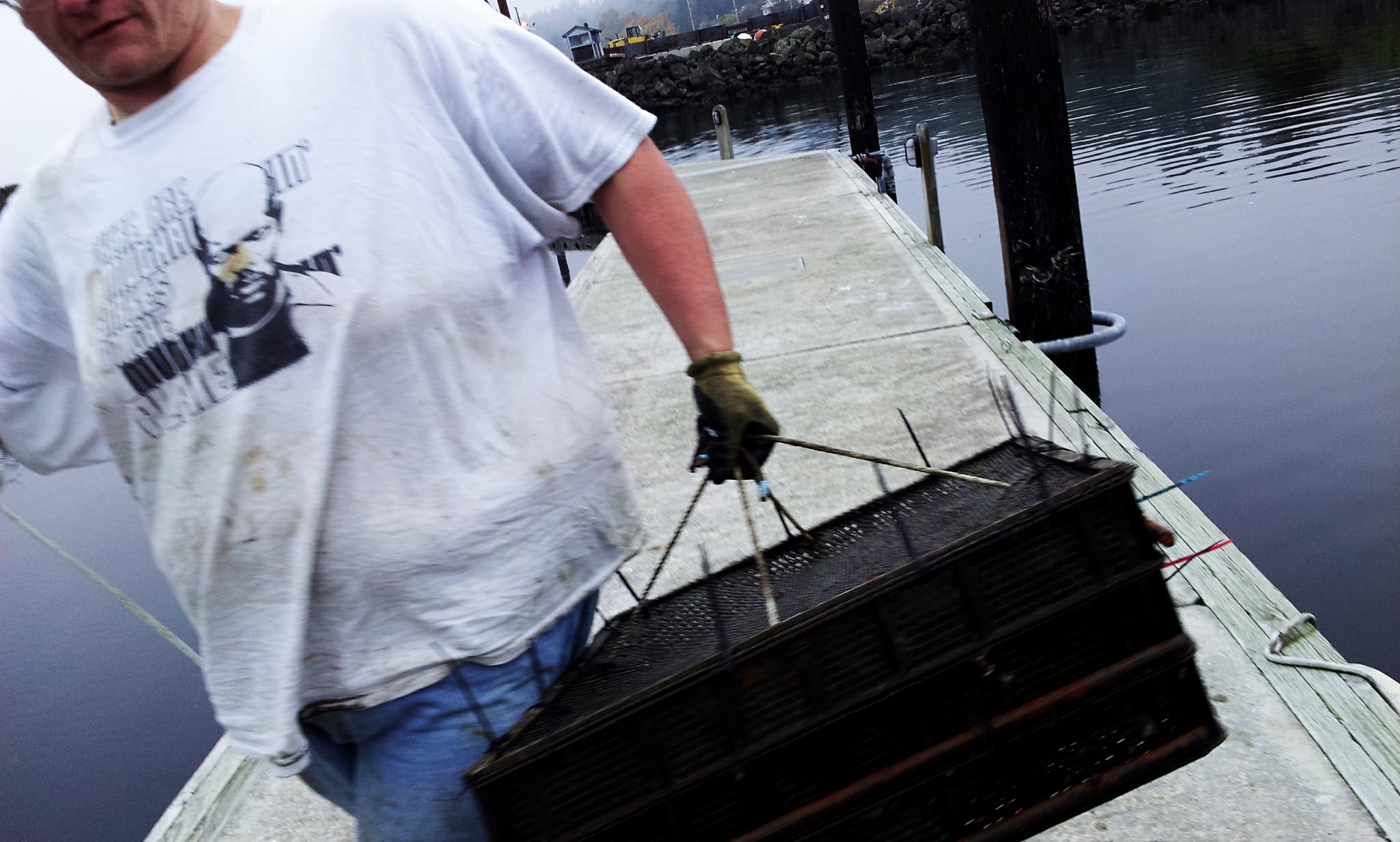
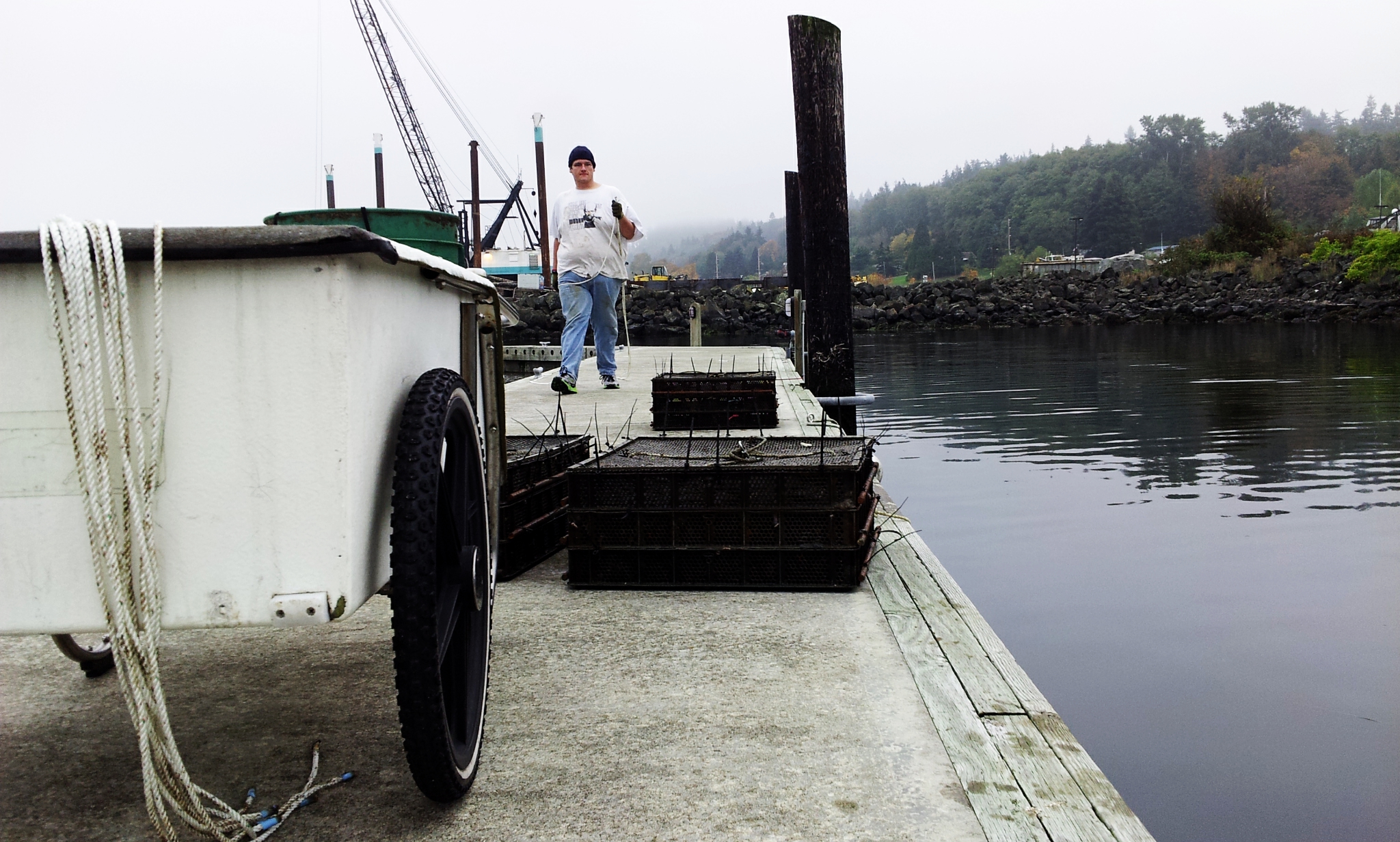
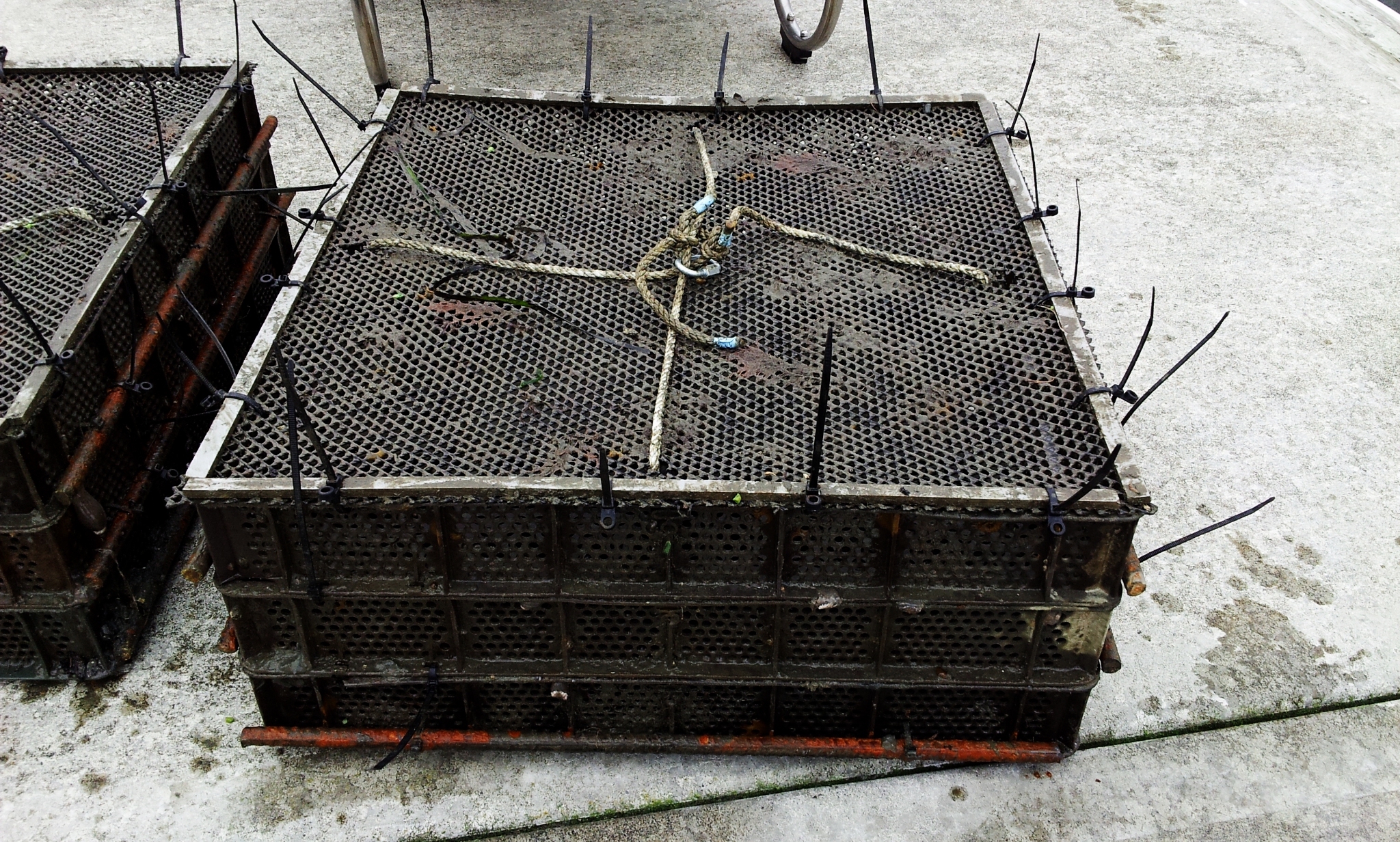
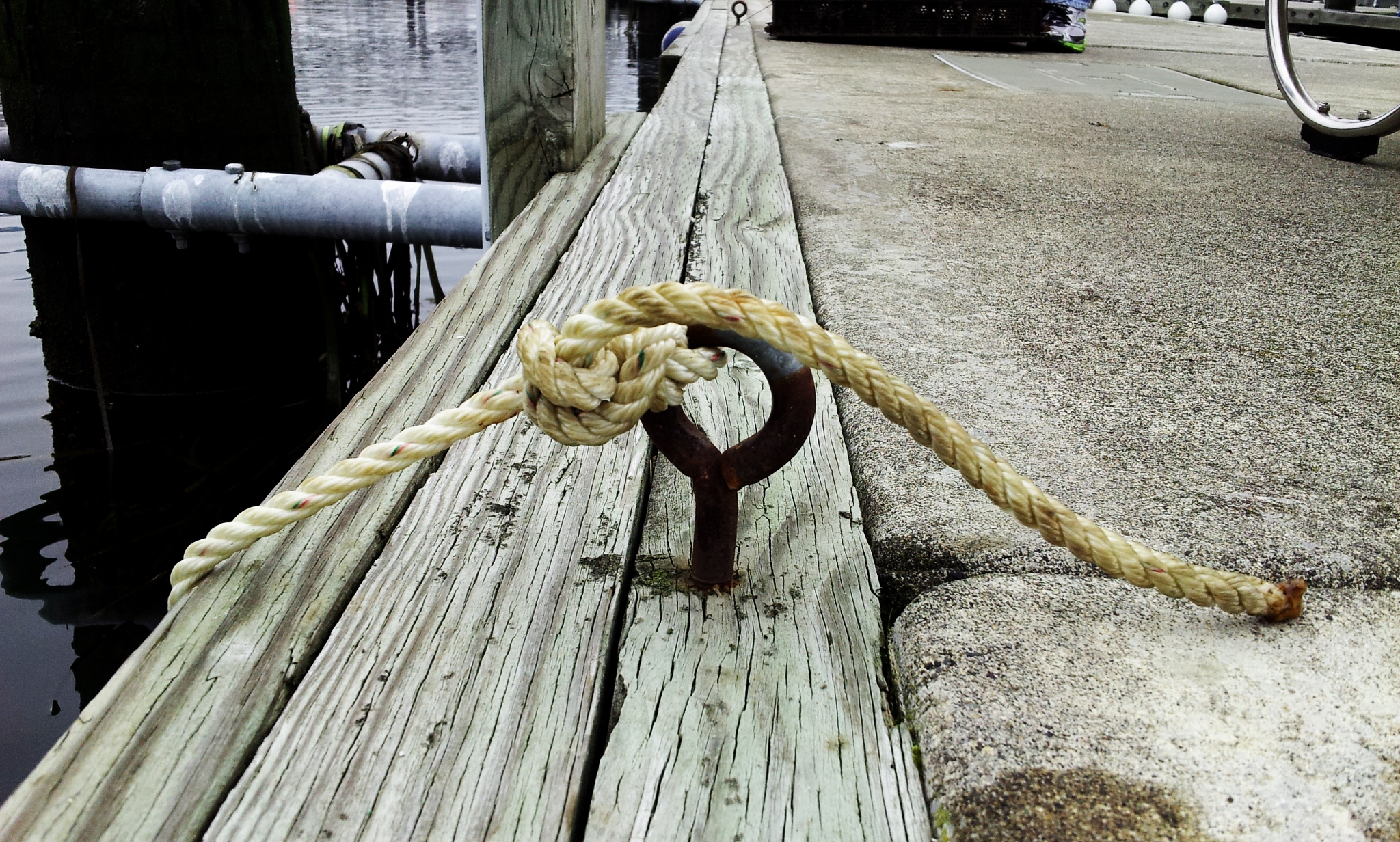
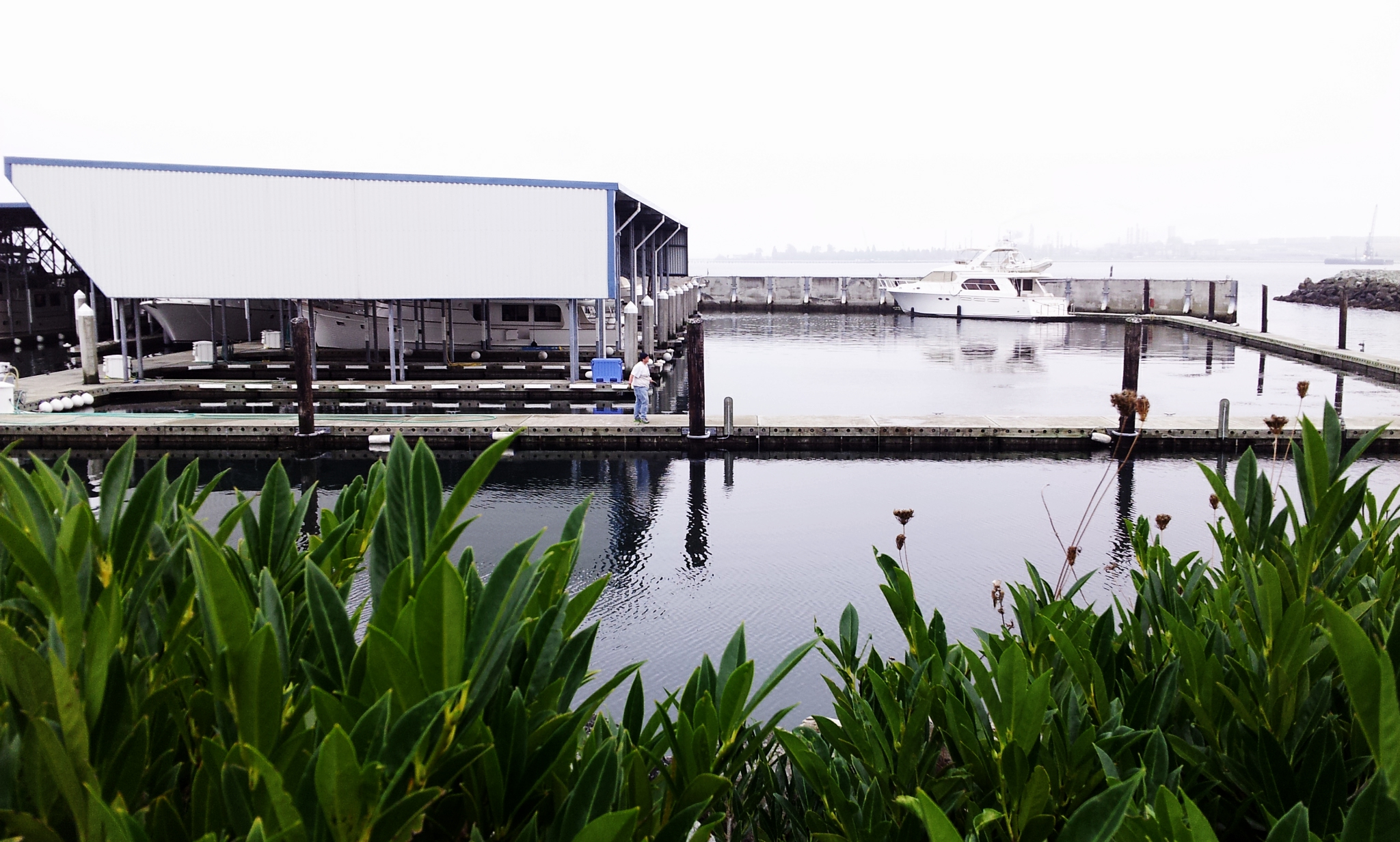
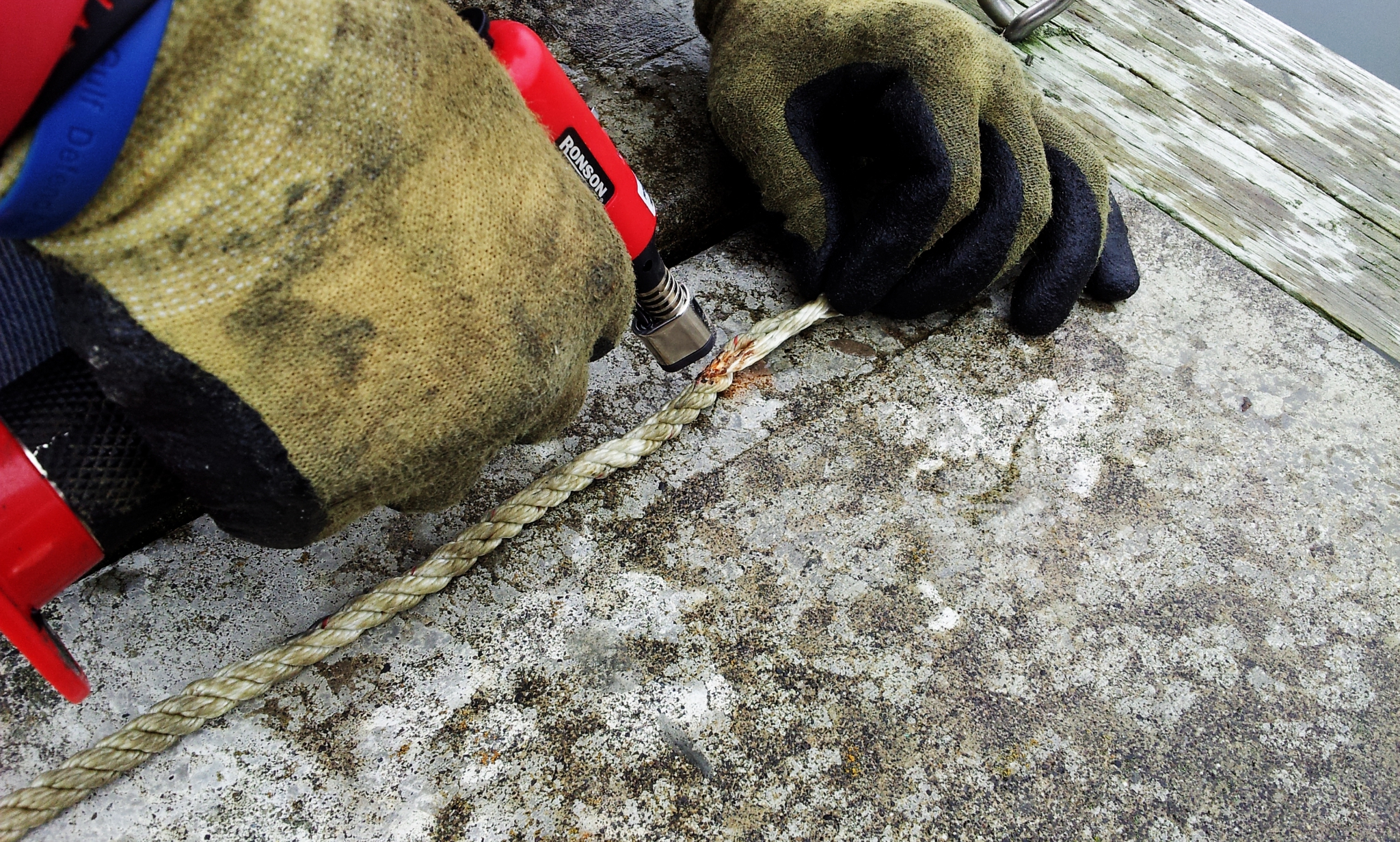
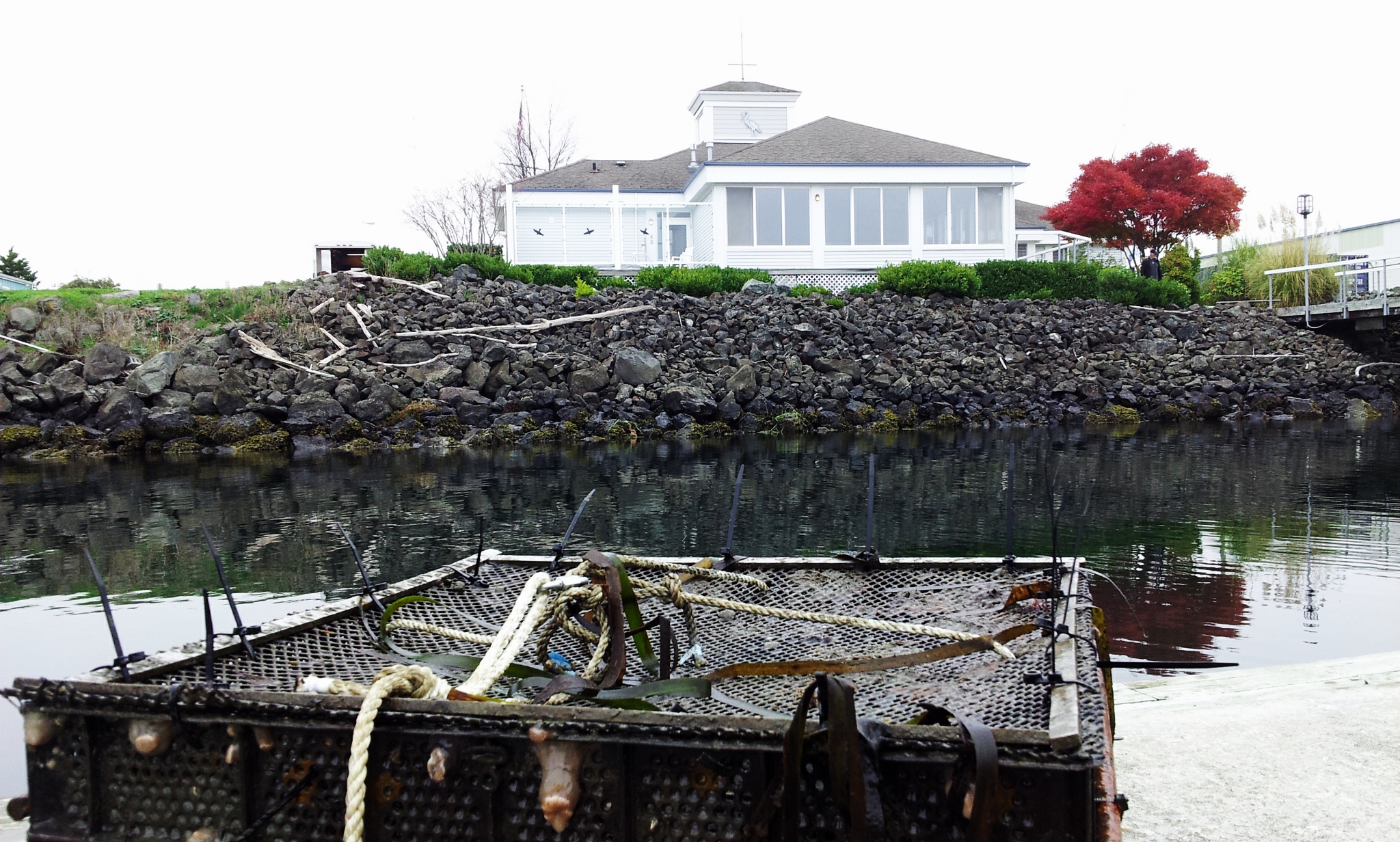
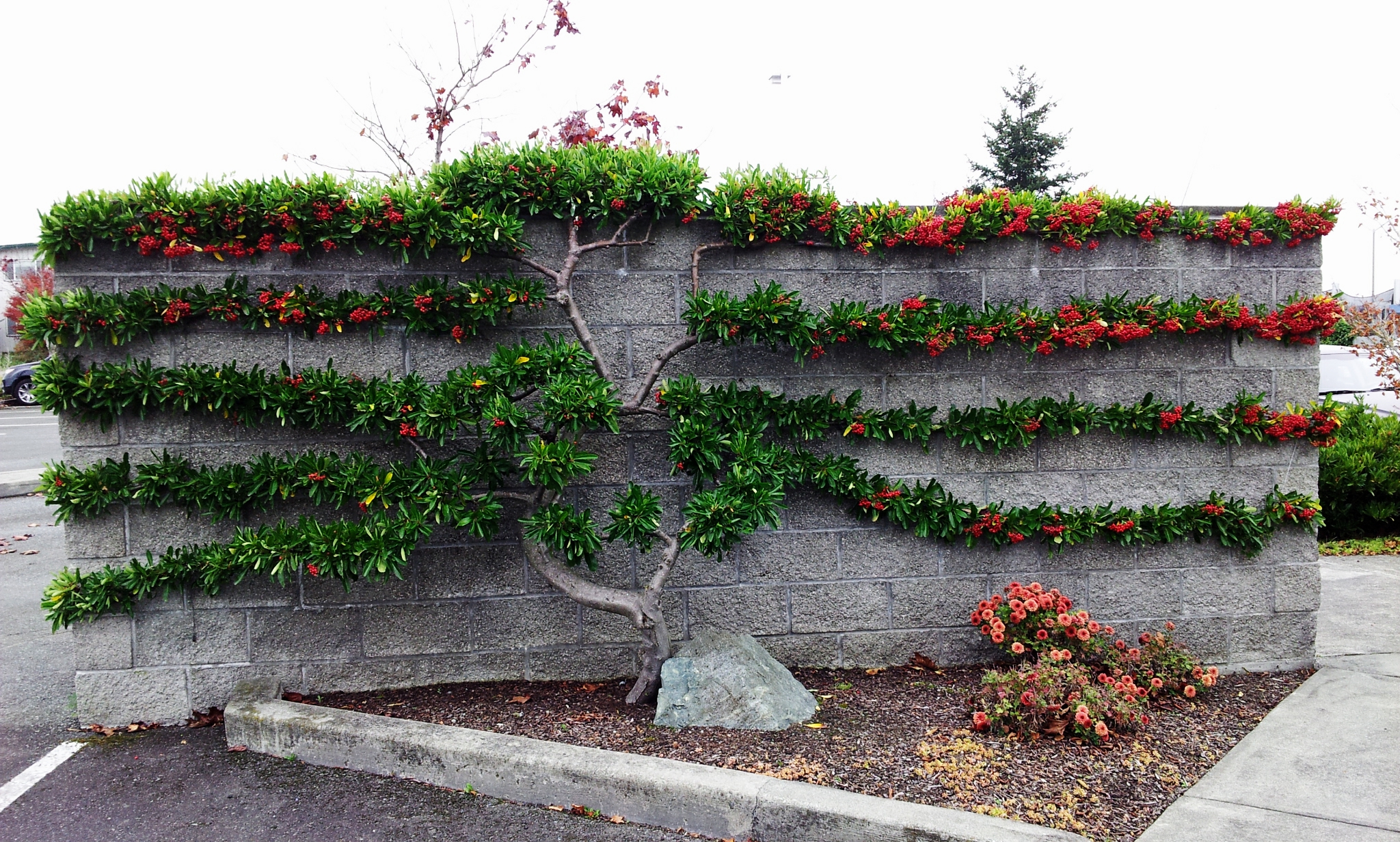
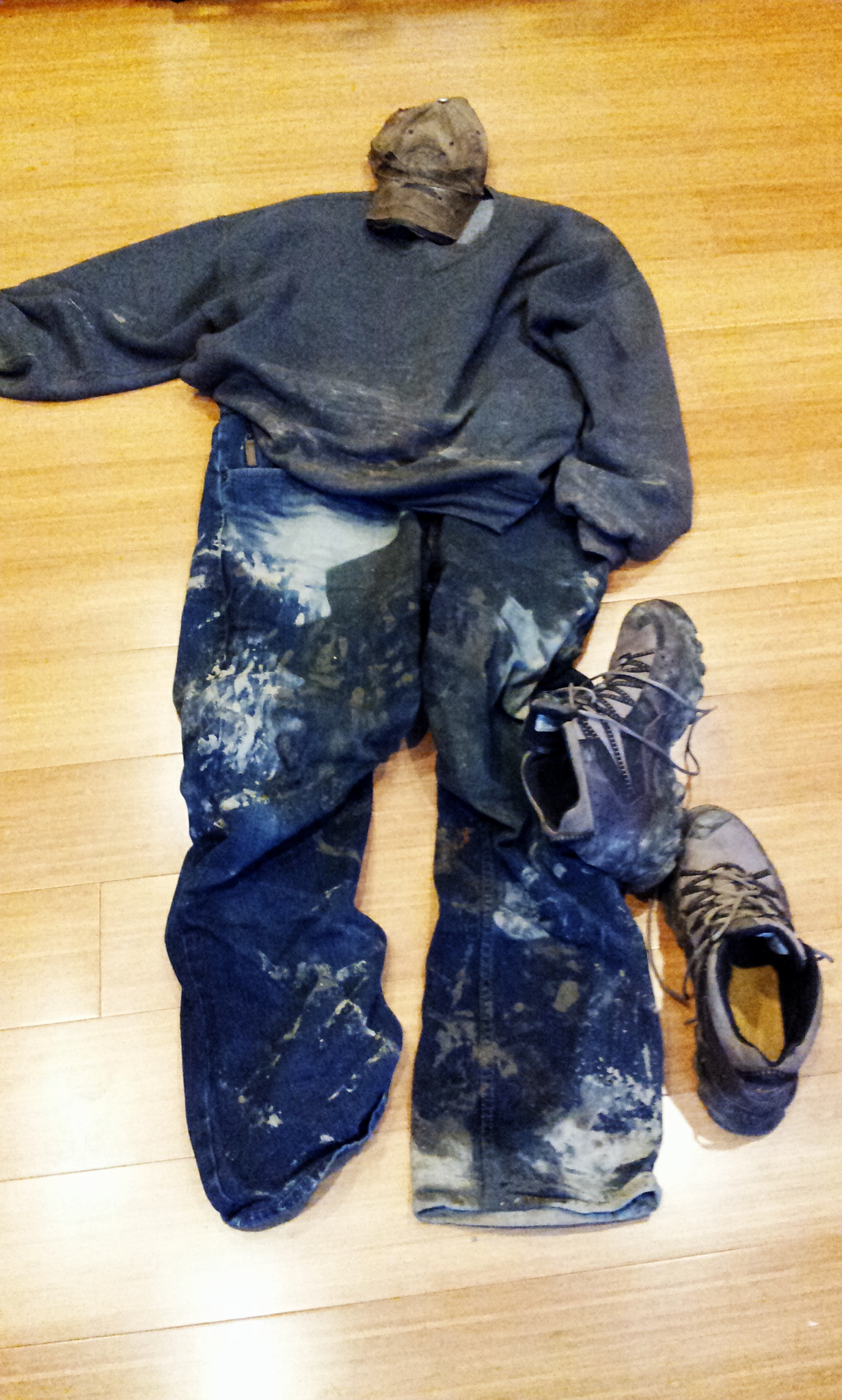
Oyster Bay 10/21-10/22/2013
Weather conditions:
1:30 am 10/22/2013
Wind NE 0-5 knots
Low tide of -1.5 at roughly 2:10 am.
Sample trays were retrieved from the original site between 1:30 and 2:30 am on 10/22/2013 and placed near the Faregaren Boat house. Some of the rebar substructure was damaged in the remove mostly because of its severly corroded state.
Weather conditions:
9 am 10/22/2013
Wind NE 0-5 knots
High Tide
Samples were submerged for most of the night by the tide. They were retrieved in the morning at roughly 9:00 am. They were moved to the opposite, shore side of the boat house for opening.
Upon opening the trays we found:
- Very little siltation
- Large numbers of crabs (red rocks and possibly dungeoness) with between 5 and 10 per tray
- A couple small fish of unknown species in 2 trays
- Several predatory shrimp species in all trays
- 3 species of snail with on of them being a drill which occurred in every tray.
- Oysters grew quite large on tiles with some having popped off the trays
- All oysters have grown quite well with sizes ranging from ~15 mm to more than 50 mm
- The few oyster that remained in wind screen bags also grew quite well.
- Windscreen bags also created a microenvironment by filling up with mud and propagated a species of sea worm.
- Other species found in the trays were anemones, tunicates, and chitin (but this was not in the tray)
Trays were then stacked three deep with two 6 foot ropes running perpendicularly through the rebar anchor holes so as to create on bound stack. A mesh screen was zip tied to the top tray with rope access holes cut in it as to allow for ropes to come out of the top. At Oyster Bay these ropes were tied together using Huntsman's Bend knots (which are superior to the square knots used at Fidalgo) and then the two ropes were clipped together. The sides of the trays were also zip tied on access holes on each side of the trays that overlapped as to prevent tampering by local wildlife and reduce predator incursion into the trays.
The oysters were then transported to the Dahman Oyster Hatchery as seen in the map below.
View Larger Map
The manager Brendan Mahaffy and his crew met with us on arrival to help with site selection on their hanging dock. The first 200 ft of dock is to close to shore and becomes exposed during low tide. The far end of the dock contains Flupsie water overturn systems for grow out. These produce a wide spread current which in turn influences food abundance for the oysters. The sound side of the dock has a floating bag system and boat tie off which are frequently used and the same occurs with the north side. We decided to hang the oysters in a protected area about 75 feet from the flupsies but still within an area that will stay submerged with the tide.
Oysters we hung off this portion of the dock by tying the extension rope to hanging rope loops hung specifically for our samples by the workers at the hatchery. This area of the dock has little work done around it and the animals will be disturbed the least by any other projects going on. Besides numerous bivalve species including Pacific oysters grown around this dock there were also many conspecifics with the dock including anemonies, jelly fish, and small bait fish. There was also a seal sighting while we were hanging the oysters which suggest a local population of large predators that may try to break into our trays. Water quality was good with visibility to about 2 ft deep.
As per verbal agreement with Brendan and his employees we can call ahead to work at the dock but it is not necessary (though I heavily suggest it). They have told me that they will be doing an ongoing water quality assessment project which they are happy to share any data with us. I have told them that we can share the temperature logger data with them if they'd like. They also seem to enjoy coffee and cookies. We should bring them some in the future.
Pictures of these events have been taken by Sam White and L. Christine Savolainen.